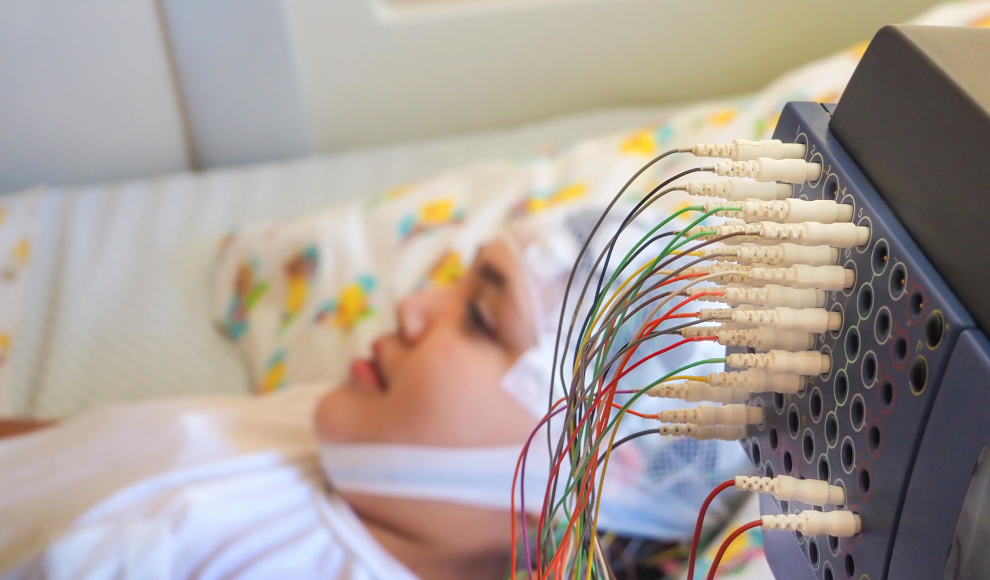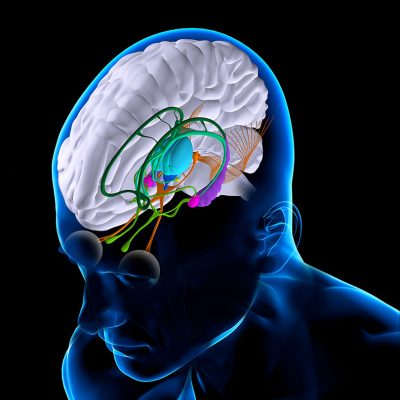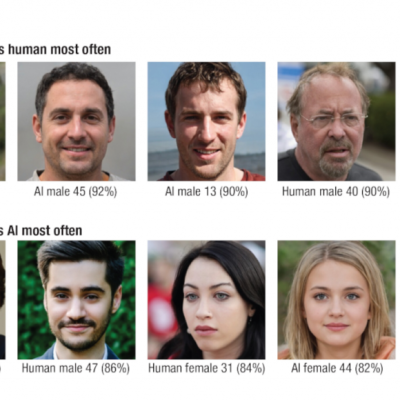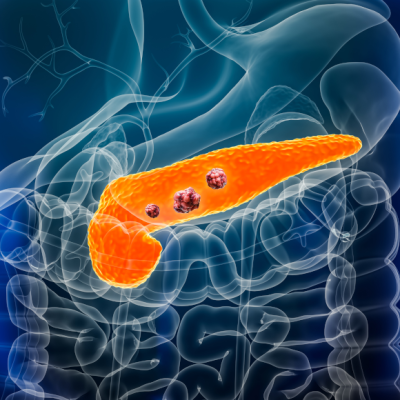A groundbreaking discovery has been made by scientists at the Columbia University Irving Medical Center (CUIMC) in New York City. They have found that it is possible to detect signs of hidden consciousness in patients with brain injuries using electroencephalography (EEG). This is a significant breakthrough as many patients with brain injuries do not show any signs of consciousness, making it difficult to predict their chances of recovery. The study, published in The Lancet Neurology, involved 200 patients with acute brain injuries who did not respond to direct stimuli. The researchers recorded their brain activity before and after the stimuli using EEG and analyzed the data using artificial intelligence (AI).
The study found that 14% of the patients had a cognitive-motor dissociation, where their brain activity changed in response to the stimuli, even though they appeared to be unconscious. The majority of these patients were able to regain consciousness within three months, and 41% were able to resume their daily activities independently after a year. In contrast, only 10% of patients who did not show a cognitive-motor dissociation were able to do so. This discovery could be a significant factor in predicting a patient’s chances of recovery, as it provides more information about the disease’s progression and recovery than established indicators such as the cause of the brain injury and the patient’s age.
According to Jan Claassen, the lead author of the study and a neurologist at Columbia University, the dissociation between cognitive and motor functions could be a crucial factor in predicting a patient’s prognosis. However, only a few clinics currently use EEG to detect hidden consciousness, and the study’s authors hope to develop software that can automatically analyze brain waves. This discovery could revolutionize the way doctors predict a patient’s chances of recovery and provide hope for those who previously had none.










